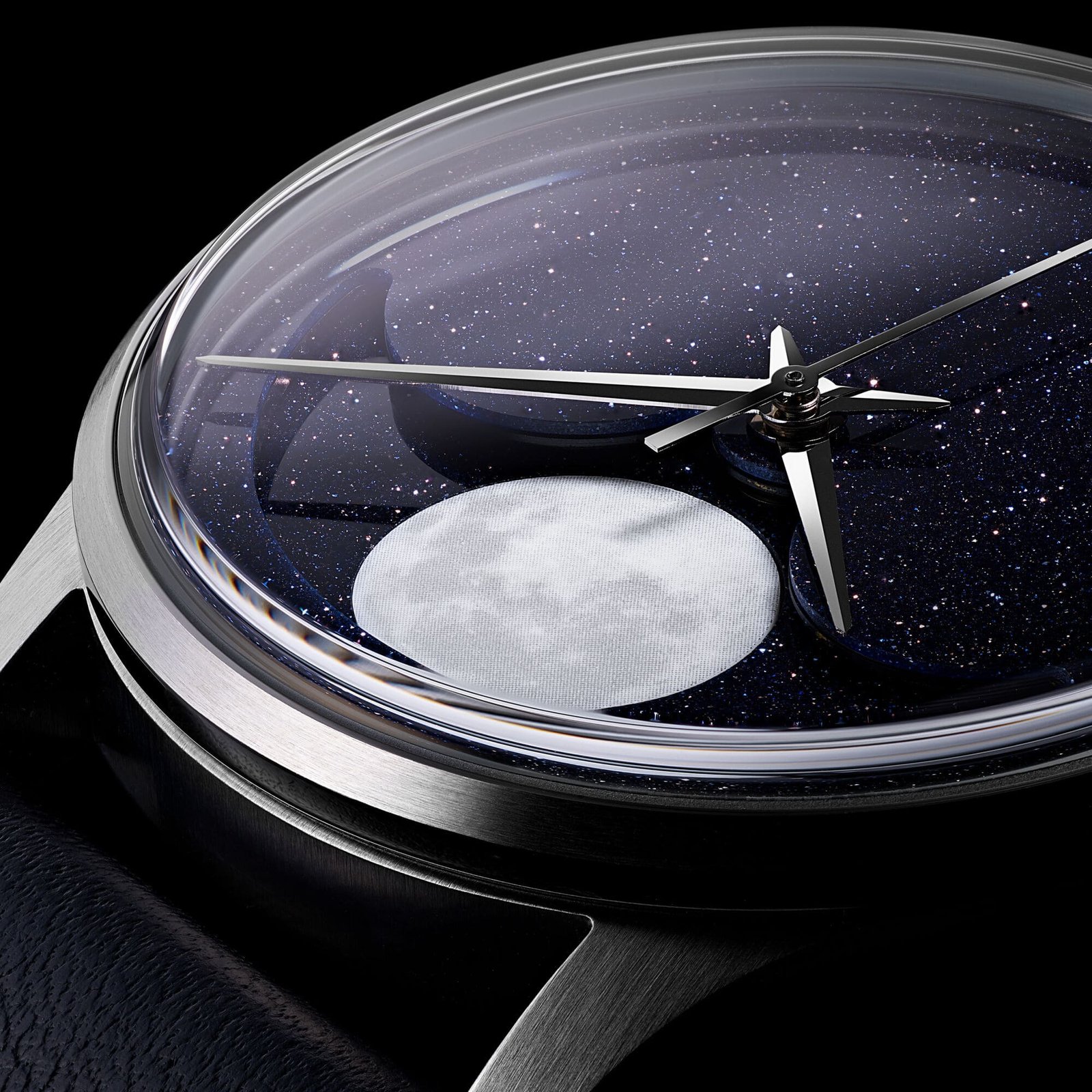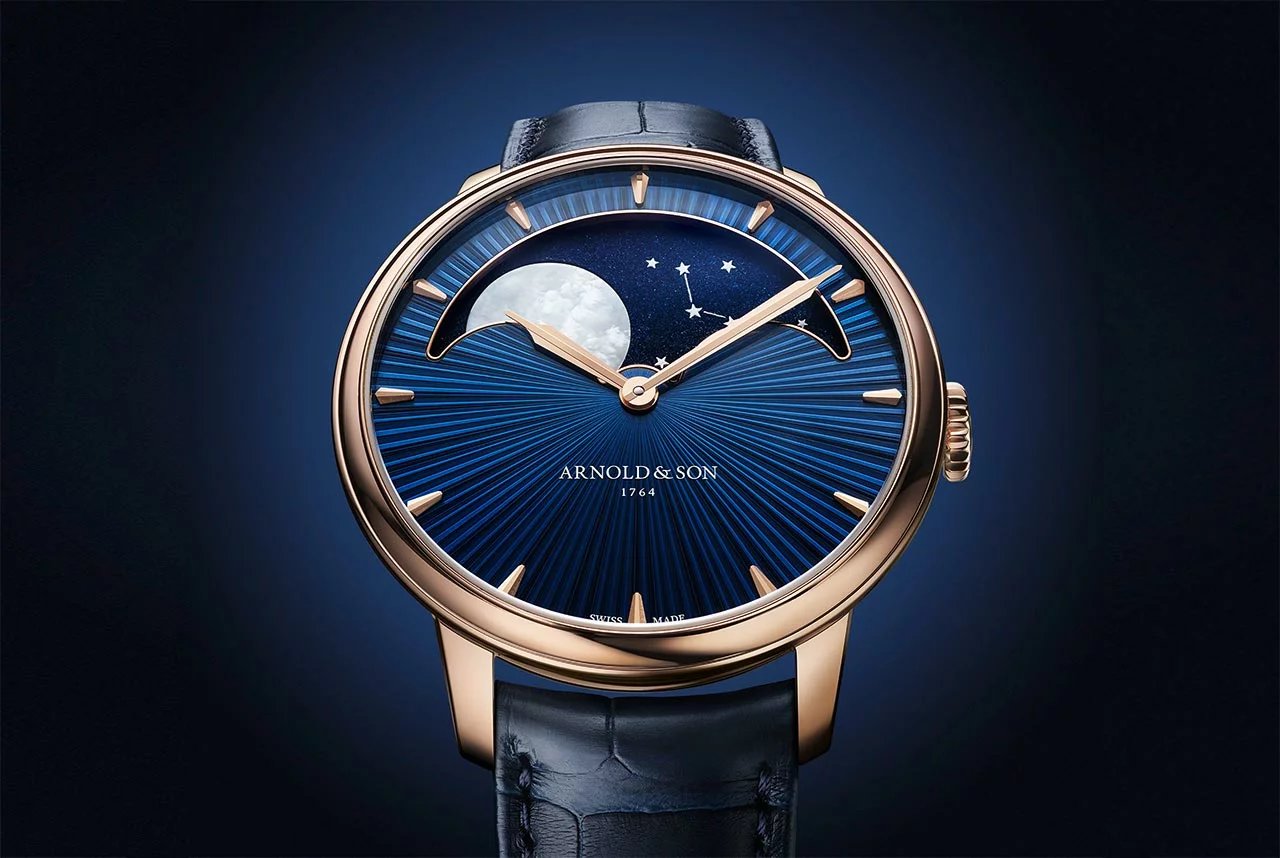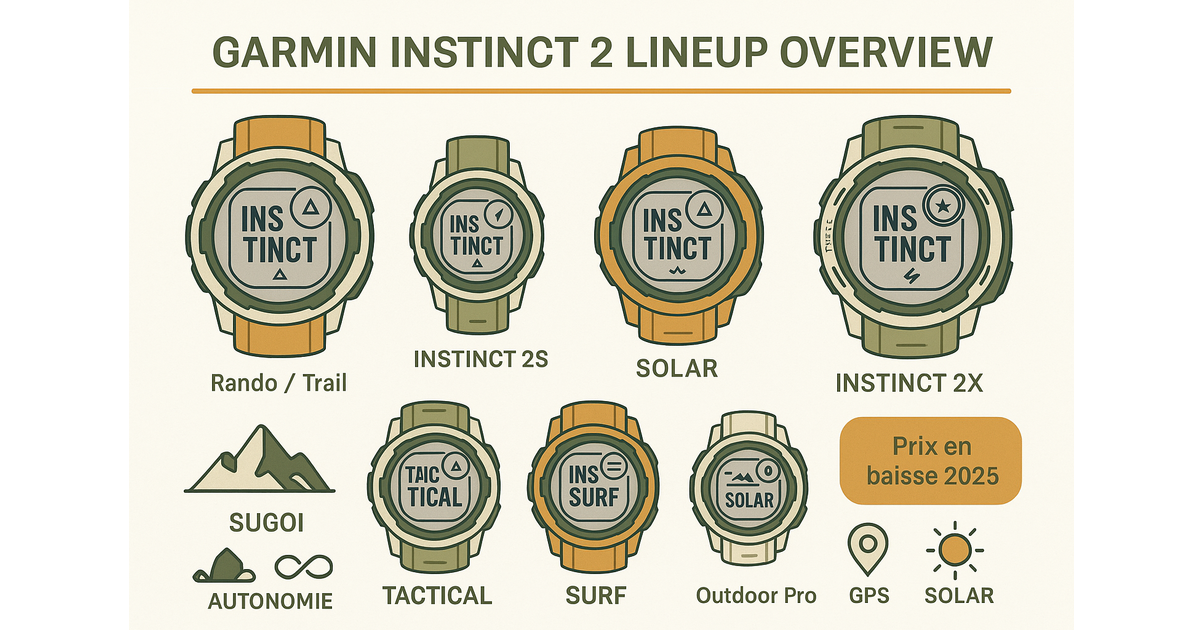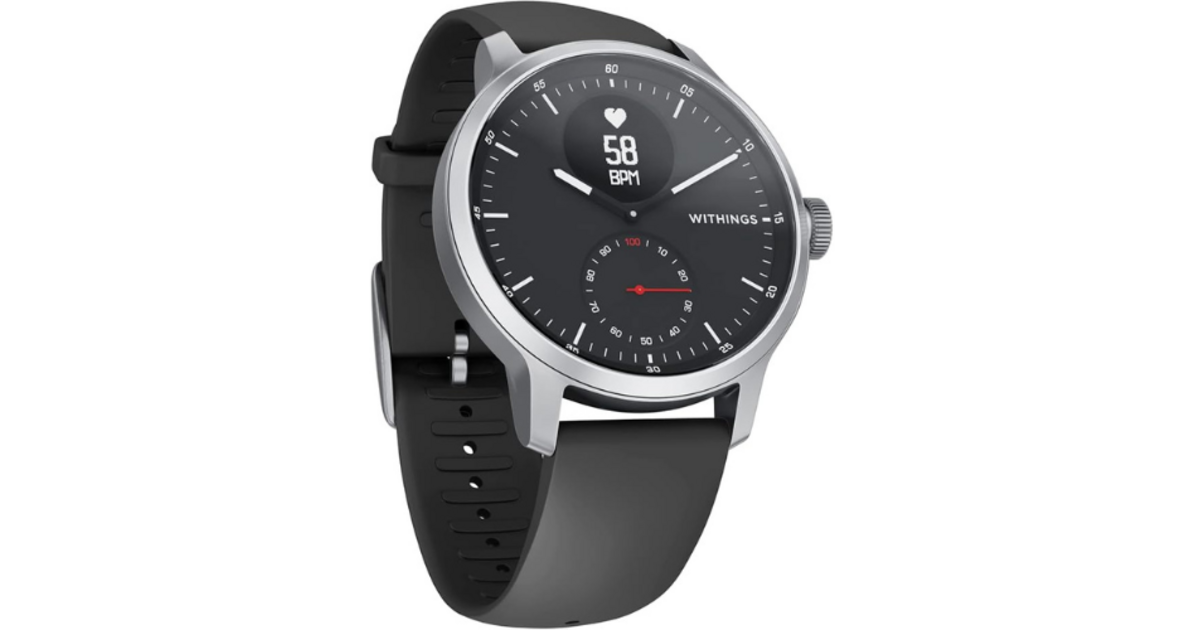Table of Contents
The lunar ritual on the wrist
There is something profoundly calming about setting a moon phase watch. A slow, almost liturgical gesture, where we synchronize our daily life with a thousand-year-old celestial cycle. Poets will see it as an intimate conversation with the night; purists, one of the most beautiful dialogues between mechanics and cosmos. It remains to be done well: a moon phase is regulated with method, caution and a little history.
Why this complication fascinates
The moon phase is one of the oldest and most evocative complications in watchmaking. On a lacquered disc, often starry, a pearly moon grows, fades, reappears. Technically, the principle is simple: a gear advances the disc one notch per day to reproduce an average cycle of 29.5 days. Aesthetically, it is a miniature theater. It’s also a reminder: in a world of notifications, the moon imposes its slow tempo on us.
Before you begin: workshop precautions
- Danger zone: avoid any date/phase adjustment between 8 p.m. and 4 a.m. Place the needles around 6:30 before any manipulation.
- Crown: if screwed down, carefully unscrew and screw back firmly after adjustment.
- Correctors: many moon phases are adjusted via a recessed pusher. Use the dedicated tool (or a wooden toothpick), never an aggressive metal object.
- Water resistance: do not operate the crown or pushers immediately after a bath; dry the watch and wait for any condensation to disappear.
Pro tip: make the adjustment on a clear table, in a quiet environment. Patience is an invisible but essential spare part.

The step-by-step method
1. Know today’s moon
Two paths lead to the correct display:
- Moon Age: Search for “moon age” of the day (0 = new moon, 14-15 = full moon). You will replicate this number on your watch.
- Since last full moon: Record the number of days since the last full moon. This is the most intuitive method.
An almanac, a reliable weather app or an observatory site are enough. Note the number: it is your compass.
2. Set the time to a safe position
Pull the crown out to the time setting position and place the hands around 6:30. This avoids any interference with the calendar mechanism working behind the scenes.
3. Position the reference moon
Depending on the calibers, the adjustment is made:
- By corrector: a mini-pusher at 2, 4 or 8 o’clock advances the moon by one day with each press.
- By the crown: in intermediate position, one direction changes the date, the other the moon phase.
Start by aligning the display to a “perfect” full moon (disc showing the moon centered and full). This is your visual zero point, easy to identify.
4. Count the days and move forward
Count the number of days since the last full moon. Press the corrector as many times as necessary (each click = 1 day), or turn the crown in the direction that the moon advances. If you are the age of the moon, go forward that many days from the new moon (0) or mentally go back from the full moon (14-15) and move the disc forward.
5. Set the time, check noon/midnight
Then put the correct time and date back. To distinguish noon from midnight, move the hands forward until the date jumps: if it changes, you are at midnight; return to the desired time taking this cue into account. Finish by pushing the crown back and screwing it back in if necessary.
6. Final check
Look at your miniature sky: the shape of the moon should match that announced for your hemisphere. Note that a “mirror” display is not uncommon between brands; the important thing is consistency day after day.

Understand the mechanics to better adjust
Most watches use a 59-tooth wheel: two 29.5-day cycles fit on it, and the error accumulates slowly (about one day every two to three years). Higher-end models adopt more complex gears that only require correction every 122 years – or beyond. In any case, the good habit is to adjust during a full moon: the shape is clear, the eye cannot be mistaken.
Variants and special cases
- Triple calendar: never touch the correctors when the hands are between 8 p.m. and 4 a.m.; always move clockwise.
- Needle moon phases: some display the age of the moon via a dedicated hand; just put the needle on the lunar day number.
- Vintage watches: fragile seals and sensitive correctors; Choose a watchmaker if the crown stem “scratches” or if the disc sticks.

Watchmaking culture: poetry against patina
The moon attracts dreamers; the patina, the aesthetes. While moon phases are gaining momentum among classic houses, the taste for bronze cases continues to attract lovers of character. THE bronze lives, oxidizes, shades itself: each wrist writes a unique story to it, like so many different skies. The Longines icon, the Legend Diver, even offered itself a bronze version, a nod to the golden age of diving and the beauty of materials that transform. Two parallel trends – moon and patina – that bring together the same idea: to carry the passing of time, and to embrace it.
Little quirks that make the difference
- Note the date of the last full moon in your notebook or smartphone: the adjustment becomes immediate.
- When you advance a large number of days, take breaks: let the mechanics “breath”.
- Avoid hasty corrections just before going out; a hasty move is the enemy of a delicate disc.

To remember
- Always set outside the danger zone (place 6:30 a.m. first).
- Start with a full moon as a benchmark, then count the days that have passed.
- Move slowly, check noon/midnight, screw the crown back on.
- Correct periodically: second nature, and the promise of a just heaven.
Setting a moon phase means making peace with slowness. A discreet, precise, and deliciously anachronistic art – exactly the best of watchmaking.






